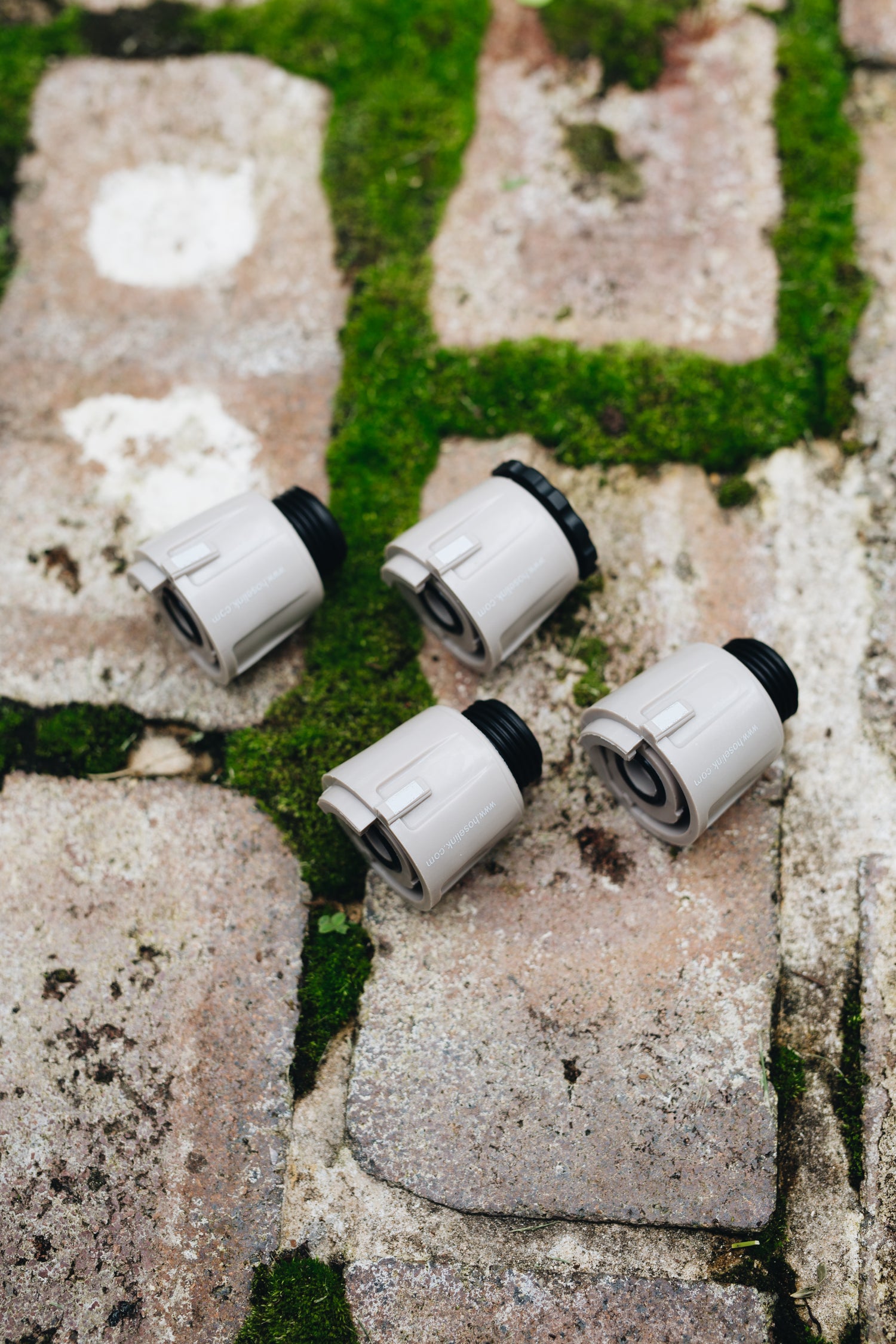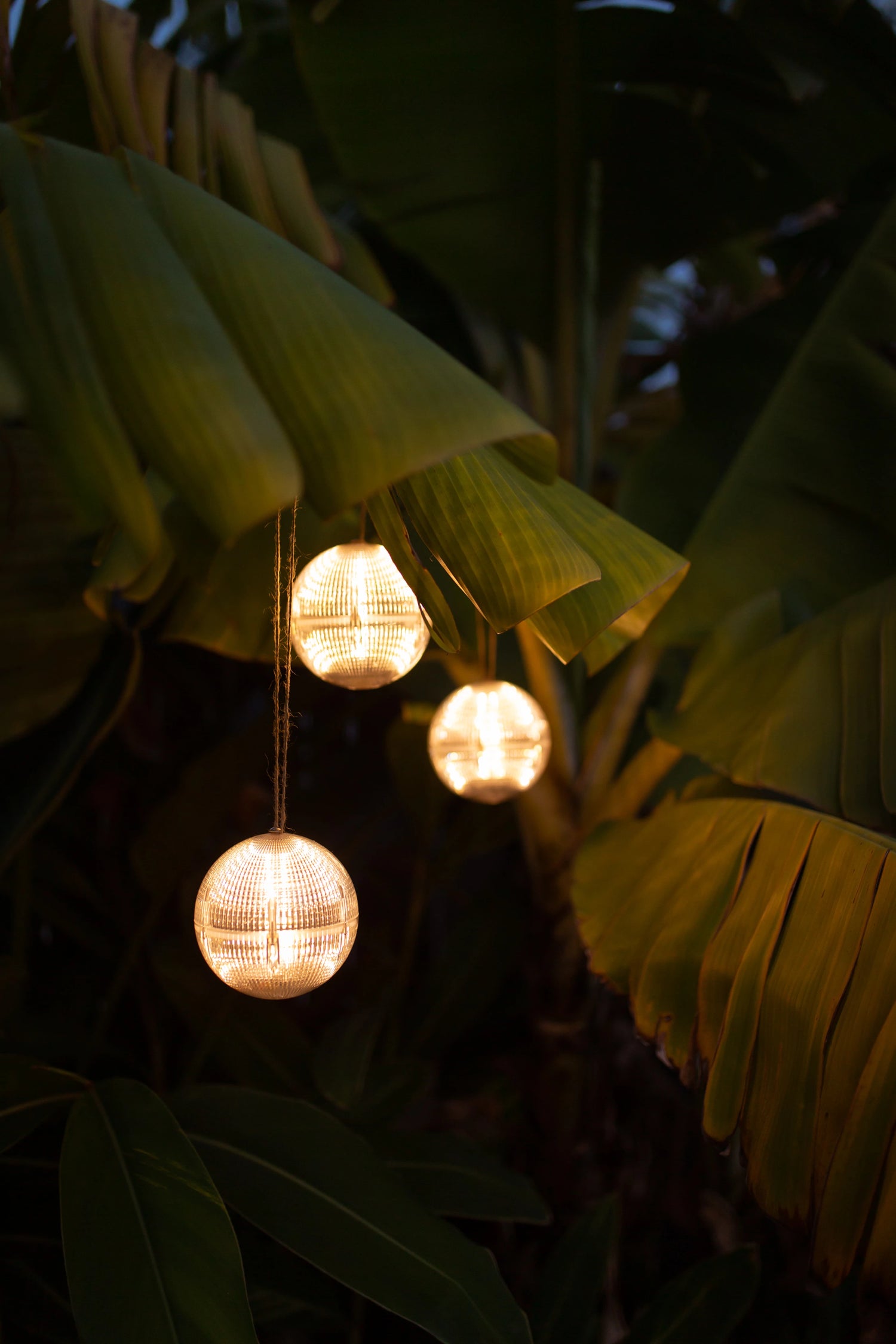Any green thumb will tell you that the secret to a flourishing garden comes down to three key components: what you feed it, how often you water it, and the measures you take to protect it.
Watering might seem like the most straightforward task of the three, but so much depends on the quality and flow rate of your hose.
A high-quality garden hose is essential for any serious gardener. Our hoses deliver life-giving water to a wide variety of flora such as grasses, shrubs, veggie patches, plants, bushes, and even trees, all of which have different hydration needs.
By understanding your garden hose flow rate, you will be able to apply just the right amount of water to your plants, resulting in efficient watering on your end and healthy growth on theirs.
Struggling with low water pressure?
Low water pressure in your hose can be a frustrating issue, often requiring a bit of investigative work to pinpoint the cause.
In many cases, the fix is simple and inexpensive. However, other times it may call for specialized tools or equipment to resolve the problem and restore optimal water hose gallons per minute performance.

What exactly is a garden hose flow rate?
To put it simply, garden hose flow rate refers to the amount of water that passes through your hose per minute. It is usually measured in gallons per minute (GPM) or in liters if you are using the metric system.
Understanding your hose’s flow rate helps ensure your plants receive the right amount of water with no more and no less than they need.
What factors impact my garden hose flow rate?
Several factors determine your garden hose flow rate. These include:
- Hose diameter
- Hose length
- Water pressure
Each of these can significantly affect the number of water hose gallons per minute that flow through to your plants.
Hose diameter
In the United States, standard garden hoses come in three common internal diameters which are ½ inch, 5/8 inch, and ¾ inch.
The smaller the diameter, the less water can pass through the hose and out of the nozzle. For gardeners looking for a higher garden hose flow rate, a larger diameter hose typically offers better performance.
Hose length
Garden hoses range in length from about 25 feet to 100 feet or more. While a longer hose can be more convenient for larger yards, the tradeoff is a drop in water flow rate.
The farther water has to travel, the lower the pressure and the fewer gallons per minute you will get out the other end.
Hose water pressure
Your hose’s water pressure refers to the force at which water flows and is measured in PSI (pounds per square inch).
The typical home faucet in the United States delivers between 35 and 65 PSI. However, neighborhood water pressure can vary, so it is a good idea to measure your PSI. If it is too high or too low, pressure regulators can help optimize your system.
Knowing your PSI is essential when calculating your garden hose flow rate, especially if you are troubleshooting inconsistent GPM readings.

How to work out your water flow rate
Due to the factors mentioned above, it can often be tricky to determine the flow rate from your garden hose with complete accuracy. To find out your rate, we recommend one of two methods:
Using a bucket/container and stopwatch
- Place your hose nozzle into a bucket of known volume.
- Turn on the faucet and use a stopwatch to time how long it takes to fill the bucket.
- Divide the number of gallons by the number of minutes.
The result is your garden hose flow rate in GPM.
Using an online flow rate calculator
If you already know your hose diameter, length, and water pressure, plug these into a flow rate calculator online. It is quicker, easier, and highly accurate.
Below, we’ve visualized the process and offered some calculations based on typical garden hose lengths, diameters and PSI specifications:
|
Hose Length |
Hose Diameter (Inches) |
Water Pressure (PSI) |
Flow Rate |
|
50' |
1/2” |
45 |
13 |
|
50' |
5/8” |
45 |
24 |
|
50' |
3/4” |
45 |
38 |
|
75' |
1/2” |
45 |
9.8 |
|
75' |
5/8” |
45 |
18 |
|
75' |
3/4” |
45 |
28.5 |
Using a PSI rating of 45 (the median in most American homes), we can observe that longer hose lengths and smaller diameters negatively impact the flow rate of a garden hose.
What’s important to remember is that different gardens have different watering needs and, considering the price, compromising the length or diameter of your hose for the highest flow rate may not yield the best watering experience in the long run.

How can I improve my garden hose’s flow rate?
While the length of your hose and its internal diameter is dependent on the type of hose you buy, what you can control is your water pressure.
Look out for leaks
Cracked or damaged pipes will allow water to trickle out over time. To test:
- Shut off all faucets and your main water valve.
- Check the reading on your water meter.
- Wait a few hours and check again. If it has moved, you may have a leak.
Ensure all valves are completely open
As unassuming as it may seem, many are quick to question their water pressure without giving the all-clear to their valves. Ensure you check all faucets and areas where valves may be connected to see if they are fully open; they may sometimes be turned during maintenance work or knocked without your knowledge.
Check your hose for clogs and kinks
Internal buildup or sharp bends in the hose can restrict your water supply. Regularly inspect and clean the hose to remove sediment, debris, or twisted sections.
Remember that to achieve an efficient flow rate for your garden hose; you must also take into consideration the size of the garden, the variety of plants you grow, and how often those plants need to be watered.
Lighten the load with a rainwater gathering system
If your home’s pressure is inconsistent, installing a rainwater collection system could help. This system captures rain for watering use, easing the load on your main supply and stabilizing your water hose gallons per minute.
These systems are often roof-mounted and may require professional installation unless you are experienced with plumbing.

Can I expect a strong flow rate from my Hoselink Retractable Reel?
With both our 50ft and 82ft Retractable Garden Hose Reels, the internal hose diameter is 5/8” with a maximum water pressure of 150psi, meaning you’ll have the right tool in hand for strong water flow and sufficient watering.
Choose the reel length that suits your yard best and follow the pressure and maintenance tips above to ensure optimal performance.
With the right hose and a few simple checks, your garden will flourish with consistent, efficient watering.
Conclusion
A healthy garden begins with understanding how your water delivery system works. By learning how to measure and improve your garden hose flow rate, you will not only save water but also ensure every flower, shrub, and veggie patch gets exactly what it needs.
FAQs
-
How many gallons per minute does a standard garden hose use?
Most 5/8 inch hoses deliver between 17 and 24 GPM at 40 to 50 PSI.
-
Can I increase my water hose gallons per minute without replacing it?
Yes. Check for leaks, open all valves, and remove clogs or kinks to improve flow.
-
Does hose length affect garden hose flow rate?
Yes. The longer the hose, the more resistance there is, which lowers the GPM.
-
Is ¾ inch hose better than 5/8 inch for water flow?
Yes. A ¾ inch hose generally provides higher flow rate and water volume.
-
What is the ideal hose size for large gardens in the United States?
A 5/8 inch or ¾ inch hose with strong PSI and a length that matches your garden’s size works best.











